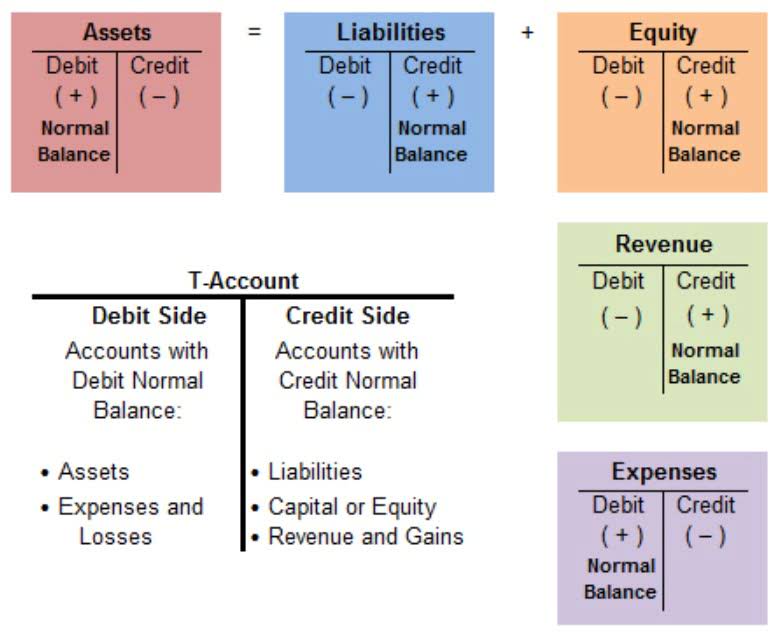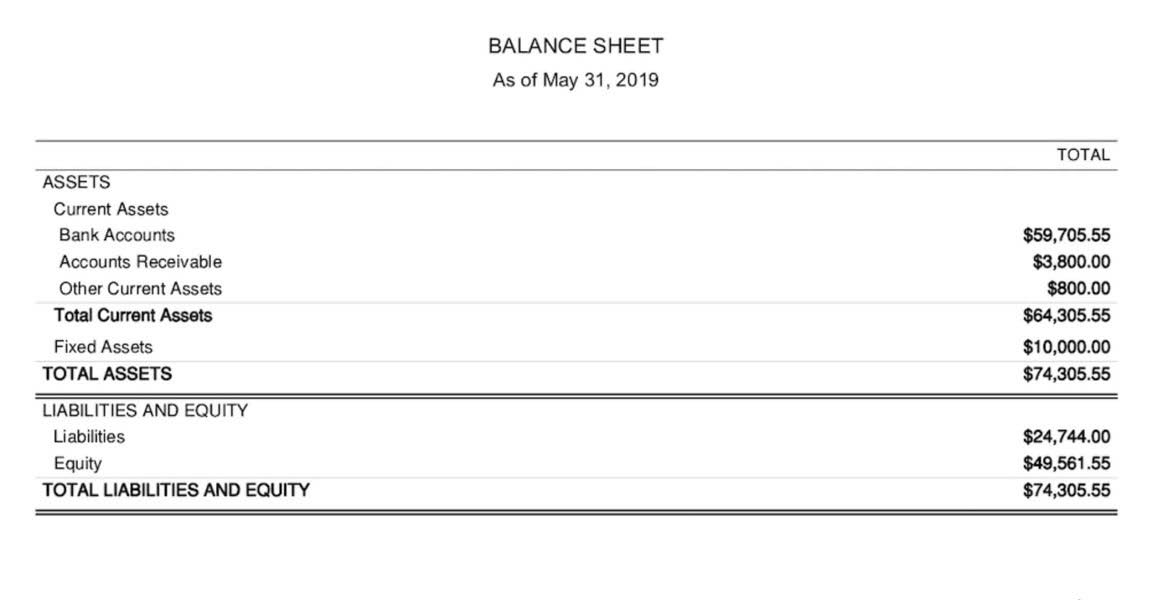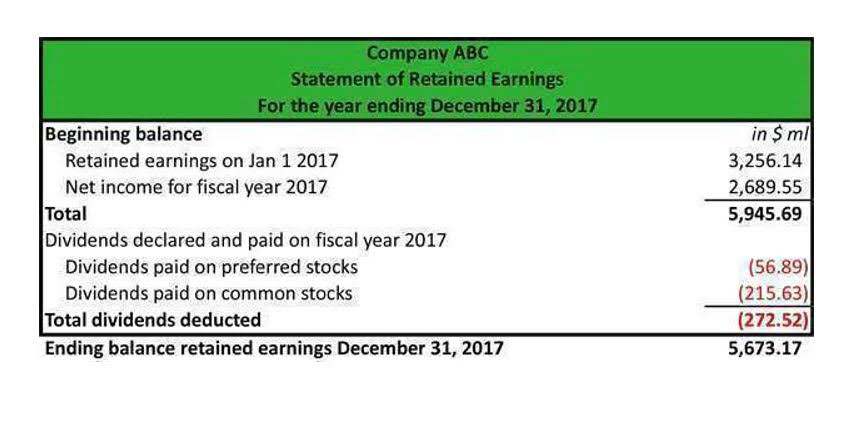
Under GAAP and IFRS, companies must record deferred assets on the balance sheet and recognize them as expenses on the income statement when the benefits are received. Deferred assets can include prepaid expenses, deferred charges, and other assets. Prepaid expenses are payments made in advance for goods or services that will be received in the future. Deferred charges are costs that are incurred to obtain a long-term benefit, such as the cost of developing a new product. Other deferred assets can include deferred tax assets, deferred financing costs, and deferred revenue. Deferred revenue is a critical accounting concept for businesses that receive payment in advance for goods or services.
Double Entry Accounting Principles

This is important because it ensures that a company’s financial statements accurately reflect its financial performance. Deferred assets can deferred revenue is classified as affect revenue recognition because they represent revenue that has been received but not yet earned. To account for deferred assets, companies must follow generally accepted accounting principles (GAAP) or international financial reporting standards (IFRS).

How do deferred assets impact a company’s financial performance?
- A systematic revenue recognition schedule is beneficial for businesses providing ongoing services.
- A business first records these upfront payments as liabilities because it owes customers the product or service.
- In conclusion, deferred assets are a type of asset that a company expects to use or consume over a long period of time, usually more than one year.
- Companies must carefully track these assets to ensure that their financial statements accurately reflect their financial performance.
- Deferred revenue’s impact on cash flow also has implications for financial ratios and valuation models.
- Analysts often monitor changes in deferred revenue balances over time to gauge the growth trajectory of a company and the sustainability of its cash flows.
- In all the scenarios above, the company must repay the customer for the prepayment.
Unbilled income summary revenue refers to revenue that a company has earned but has not yet billed to the customer. On the other hand, deferred revenue is payment received in advance for goods or services the company has not yet provided. While both involve timing differences, unbilled revenue focuses on recognition delay, whereas deferred revenue centers on prepayment.
- As subscription businesses continue to dominate the tech ecosystem, the role of deferred revenue — and how transparently it’s reported — will only grow more important.
- Deferred assets can include prepaid expenses, deferred charges, and other assets.
- These assets are recorded on financial statements as assets, but are not included in the current period’s income statement.
- Deferred revenue significantly impacts how and when companies report revenue in their financial statements.
Case Study: Subscription-Based Business Model
A growing deferred revenue balance, as seen in companies like Microsoft, typically signals that they are good at retaining customers and can sustain their growth. In this article, Grocery Store Accounting we’ll talk about what deferred revenue is, how it occurs in a normal business setup, and why it’s crucial in overall revenue recognition. Zoom, known for its rapid pandemic-era growth, used deferred revenue as a key line item to signal contract strength. In FY2023, its deferred revenue dipped as some monthly subscriptions churned — offering investors a real-time lens on changing customer behavior. Once the goods or services are delivered, the “Deferred Revenue” account is debited, and the appropriate revenue account is credited.


They allow companies to recognize expenses in the current period and revenue in future periods, which can help in managing cash flow and profitability. These expenses are recorded as assets on the balance sheet and are gradually expensed over the period in which they are used. Depreciating fixed assets is important because it helps to match the cost of the asset to the revenue it generates over its useful life. This ensures that the company’s financial statements accurately reflect the true cost of the asset and the revenue it generates.

In cash basis accounting, deferred revenue wouldn’t be recognized, potentially leading to misrepresentation of a company’s liabilities and earnings. By subtracting deferred revenue from deferred expenses, a company can determine the amount of deferred assets that it has. Deferred assets are a common accounting concept that can be difficult to understand for those who are new to the field. Essentially, a deferred asset is an item that has been paid for but has not yet been used or consumed. This can include a variety of different things, such as prepaid expenses, unearned revenue, and deferred tax assets. In SaaS, deferred revenue ensures that revenue is recognized gradually as services are delivered.
